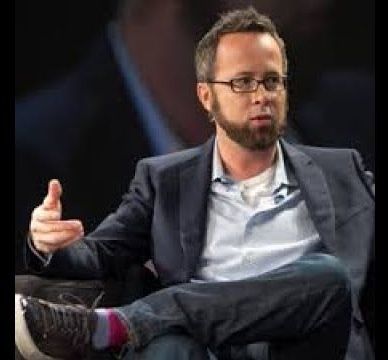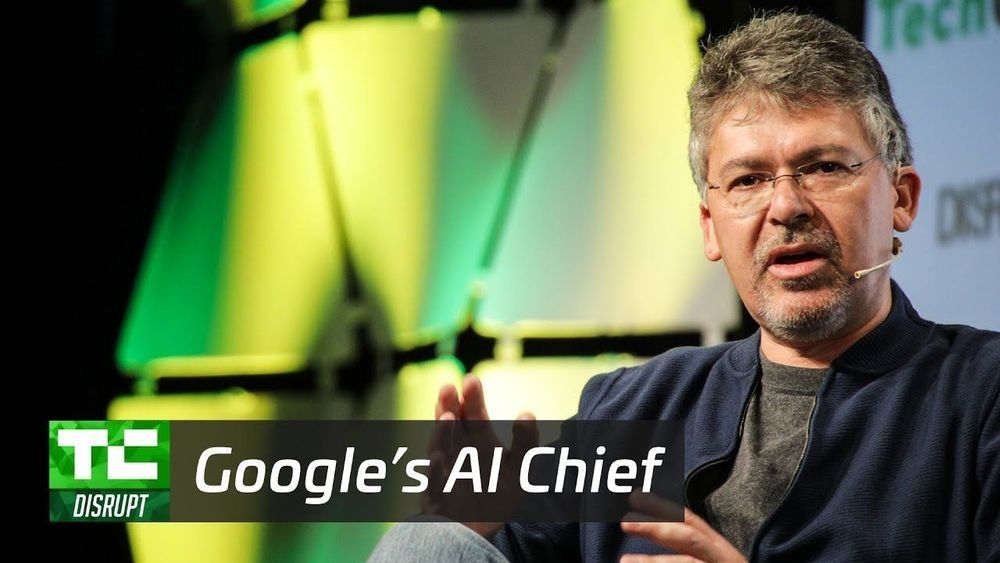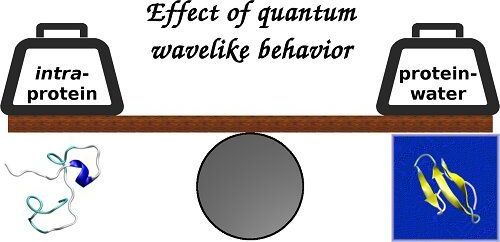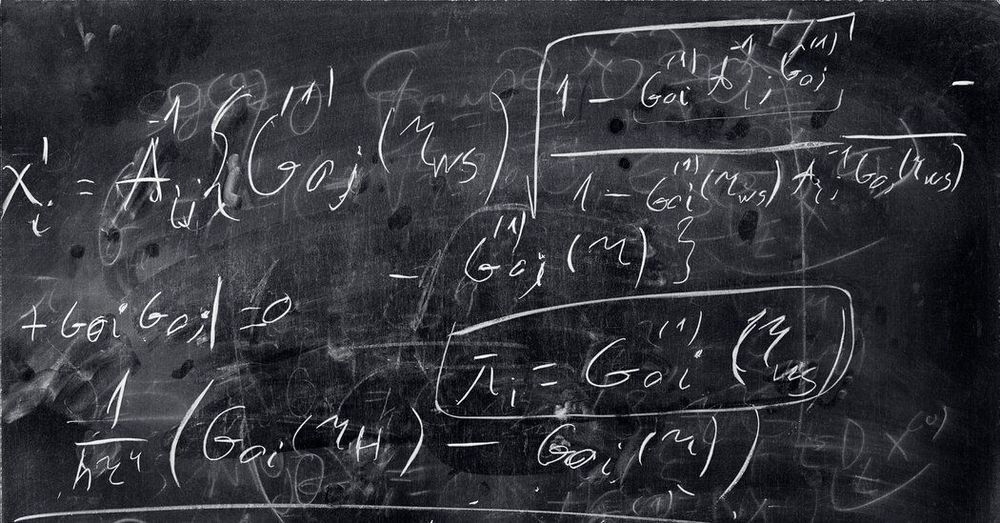Full Zoom video of Seeking Delphi™ host Mark Sackler’s interview with Strangeworks CEO, whurley, on the current state of the art in quantum computing.


Full Zoom video of Seeking Delphi™ host Mark Sackler’s interview with Strangeworks CEO, whurley, on the current state of the art in quantum computing.

John Giannandrea, Vice President of Engineering with responsibility for Google’s Computer Science Research and Machine Intelligence groups; leading teams in Machine Learning, Machine Intelligence, Computer Perception, Natural Language Understanding, and Quantum Computing, “I’m definitely not worried about the AI apocalypse, I just object to the hype and soundbites that some people are making” said at the TechCrunch Disrupt conference in San Francisco.
Google’s John Giannandrea sits down with Frederic Lardinois to discuss the AI hype/worry cycle and the importance, limitations, and acceleration of machine learning.

Infrared cameras detect people and other objects by the heat they emit. Now, researchers have discovered the uncanny ability of a material to hide a target by masking its telltale heat properties.
The effect works for a range of temperatures that one day could include humans and vehicles, presenting a future asset to stealth technologies, the researchers say.
What makes the material special is its quantum nature—properties that are unexplainable by classical physics. The study, published today in the Proceedings of the National Academy of Sciences, is one step closer to unlocking the quantum material’s full potential.

The government will inject around 50 billion roubles (US$790 million) over the next 5 years into basic and applied quantum research carried out at leading Russian laboratories, the country’s deputy prime minister, Maxim Akimov, announced on 6 December at a technology forum in Sochi. The windfall is part of a 258-billion-rouble programme for research and development in digital technologies, which the Kremlin has deemed vital for modernizing and diversifying the Russian economy.
National initiative aims to develop practical technologies that could mine databases and create ultra-secure communication networks.

Two physicists from the University of Luxembourg have now unambiguously shown that quantum-mechanical wavelike interactions are indeed crucial even at the scale of natural biological processes.
Quantum wavelike behaviour plays a key role in modern science and technology, with applications of quantum mechanics ranging from lasers and high-speed fiber communications, to quantum computers and photosynthesis in plants. A natural question is whether quantum wave phenomena could also be relevant for structure formation and dynamical processes in biological systems in living cells. This question has not been addressed convincingly up to now due to the lack of efficient quantum methods that are applicable to systems as large as whole proteins under physiological conditions (i.e. solvated in water and at room temperature).
Now writing in Science Advances, Prof. Alexandre Tkatchenko and doctoral researcher Martin Stöhr from the Department of Physics and Materials Science at the University of Luxembourg have investigated the folding process of proteins in water using a fully quantum-mechanical treatment for the first time. Protein folding is the physical process by which a chain of amino acids acquires its native biologically functional structure due to interactions between amino acids and the influence of surrounding water. A key novel finding of the present study is that the interaction between the protein and the surrounding water has to be described by quantum-mechanical wavelike behavior, which also turns out to be critical in the dynamics of the protein folding process.


Similarly, quantum computing started as a specialized field, only accessible to researchers and scientists. Today, millions of developers can access quantum processors via the cloud, bringing about a surge in early adoption and the identification of hundreds of early applications. We’re already seeing companies apply quantum computers in problems with potential real-world impact — everything from optimizing taxi routes to digital advertising.
A major catalyst for this momentum toward commercialization was the aforementioned emergence of cloud access to quantum computers at accessible price points. Now that the barriers to access have dramatically diminished, we’re seeing three key indicators emerge that signal quantum’s commercial viability: an increase in early adoption from category leaders, the emergence of entrepreneurial “quantum pioneers” and the rise of a supporting ecosystem in the form of independent software vendors (ISVs) and consulting firms.


Less than 3 million Bitcoin (BTC) remain to be mined, with the process expected to take around 121 years. Some allege however, that Google’s quantum computer, Sycamore, could do it in “less than 2 seconds”. But is that really possible?
One computer to rule them all
Despite having the most difficult network to mine, Bitcoin (BTC) could have met its match in the face of the Google’s quantum processor, Sycamore. According to one medium post, the device has enough computational power to mine all the remaining BTC in less than two seconds.

Entanglement, once called “spooky action at a distance” by Einstein, is the phenomenon in which the quantum states of separated particles cannot be described independently. This puzzling phenomenon is widely exploited in the quantum physicist’s toolbox, and is a key resource for applications in secure quantum communication over long distances and quantum cryptography protocols. Unfortunately, entangled particles are easily disturbed by their surroundings, and their entanglement is readily diminished by the slightest interaction with the environment.
In a recent study published in the journal Physical Review X, an international team of physicists from Austria, Scotland, Canada, Finland and Germany have demonstrated how quantum entanglement can be strengthened to overcome particle loss or very high levels of noise, which are inevitable in real-life applications outside the laboratory. This strengthening is accomplished by departing from commonly used two-level quantum bits, or qubits. Qubits are bi-dimensional systems, the quantum analogue to the classical bit, with values zero or one. In this study, the researchers instead employed entanglement of systems with more than two levels. By entangling particles of light through their spatial and temporal properties, scientists have now observed the survival of quantum entanglement under harsh environmental conditions for the first time.
When it comes to distributing particles of light outside of a protected laboratory, the environmental conditions are identical to the tested ones. Therefore, the experiment is not only a proof-of-principle implementation, but is ready for long-distance quantum communication under real-world conditions. This new method could hence prove helpful for distributing entanglement in a future quantum internet.